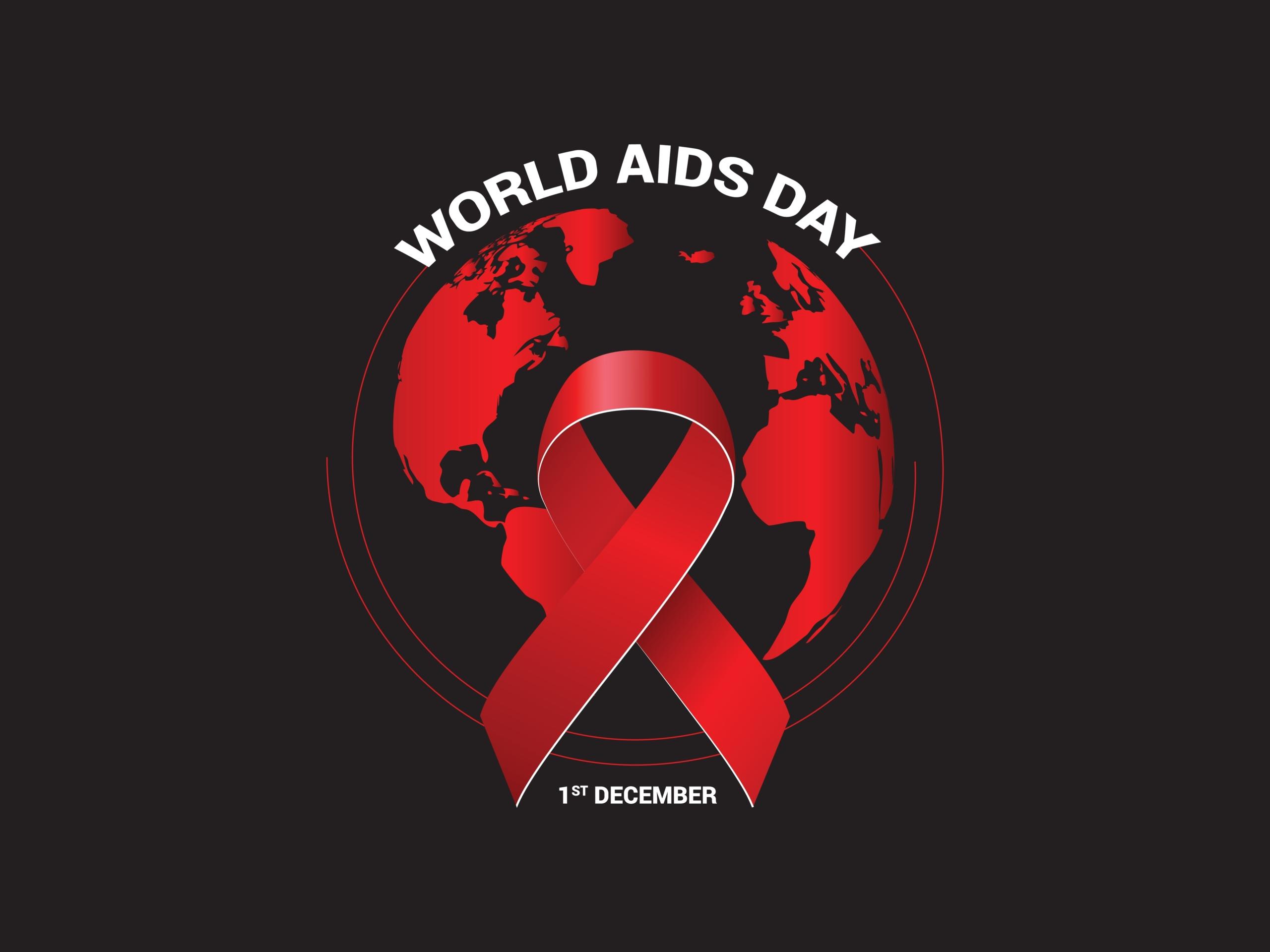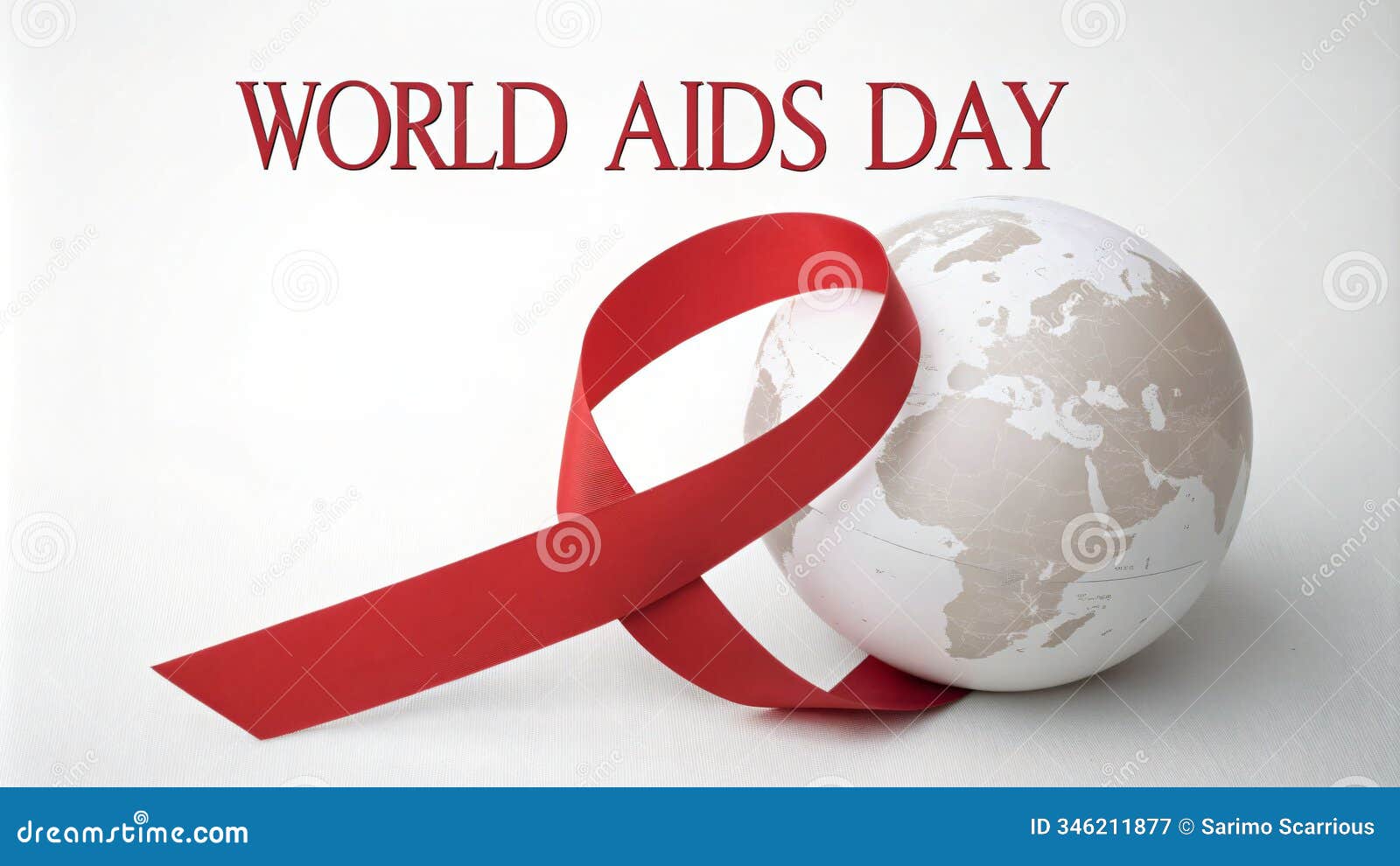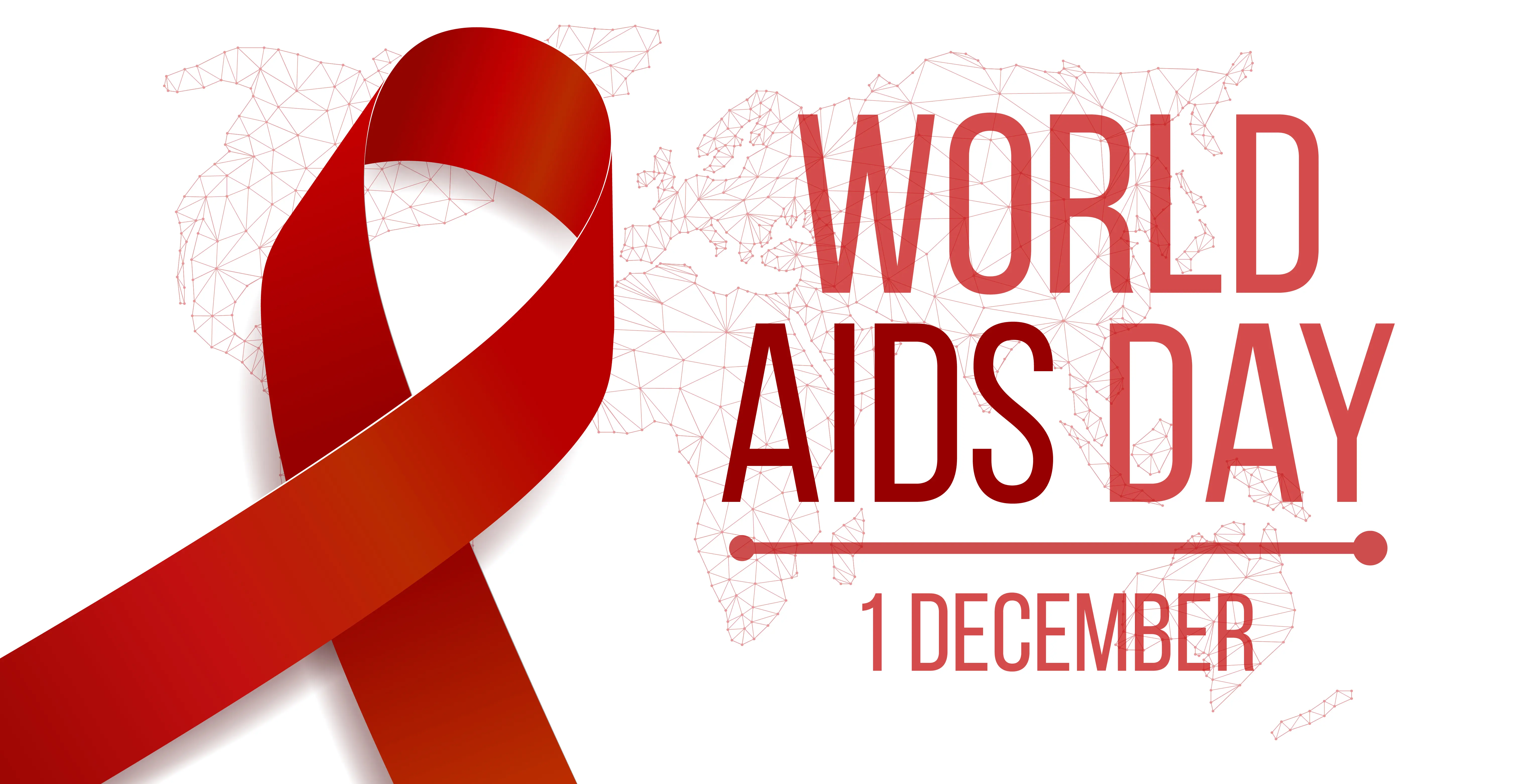Overview of World AIDS Day
History of World AIDS Day
World AIDS Day, observed annually on December 1st, holds profound significance in raising awareness about the HIV/AIDS epidemic and honoring the lives impacted by it. The inaugural World AIDS Day took place in 1988, marking the first time a global health issue was addressed through a coordinated day of remembrance. The concept stemmed from the recognition that AIDS had evolved into a worldwide crisis, affecting millions of lives and sparking immense advocacy among communities and individuals.
The first observance ignited conversations about prevention, treatment, and the urgent need for a united response to the crisis. Over the years, the day has been pivotal in mobilizing governments, health organizations, and individuals, encouraging everyone to take part in the fight against HIV/AIDS. Notably, red ribbons emerged as a universal symbol of solidarity and support for those living with HIV/AIDS, making tangible the solidarity that unites communities in this important fight.
Over time, World AIDS Day has sparked participation from various sectors of society, including schools, workplaces, and local governments. More importantly, it has created a platform for personal connections—the stories of individuals, families, and communities affected by the epidemic bring a human touch that often births empathy and action.
Significance of World AIDS Day
The significance of World AIDS Day extends beyond awareness; it is a call to action that highlights the progress made and the challenges that remain. Each year, specific themes are focused upon, allowing communities to address vital aspects of the HIV/AIDS epidemic. For example, themes such as “End Inequalities” and “Global Solidarity” compel individuals to confront not just the medical implications of HIV/AIDS but also the societal injustices that fuel the epidemic.
Key aspects of World AIDS Day significance include:
- Raising Awareness: It amplifies crucial information about HIV prevention, testing, and treatment options.
- Empowering Individuals: Personal stories and experiences shared on this day promote understanding and motivate people to seek testing and treatment.
- Advocacy for Access: It encourages advocacy for equitable access to healthcare services, emphasizing the importance of integrating HIV services into broader health systems.
- Honoring Lives: The day serves as a moment for people to remember loved ones lost to AIDS and acknowledge those still living with the virus.
In this interconnected world, the significance of World AIDS Day lies in its ability to galvanize collective action. The dialogues initiated on this day help to dismantle barriers, foster understanding, and pave the way for innovative solutions in the ongoing response to the HIV/AIDS epidemic. Through unity and perseverance, communities can strive toward a world free of AIDS.

Global Impact of HIV/AIDS
Statistics on HIV/AIDS prevalence worldwide
The global impact of HIV/AIDS is daunting, as statistics reveal the vast scope of this health crisis. According to recent reports, approximately 38 million people are living with HIV around the globe, a figure that underscores the need for concerted efforts in management and prevention.
In many regions, particularly in Sub-Saharan Africa, the prevalence rates are particularly alarming. For instance:
- Sub-Saharan Africa: This region accounts for nearly two-thirds of the total number of people living with HIV, with about 25 million individuals affected.
- New Infections: In 2022 alone, around 1.5 million new infections were reported worldwide, a stark reminder of the ongoing challenges in combatting the virus.
- Treatment Access: While about 28 million people are receiving antiretroviral therapy (ART), millions still lack access to these life-saving medications, resulting in unnecessary morbidity and mortality.
These numbers bring to light the personal stories behind each statistic—individuals facing discrimination, stigma, and varying degrees of health care access. For example, a personal story from a recent community health fair in a small town illustrated how difficult it can be to find resources. Many attendees spoke of feeling isolated or ashamed, revealing that knowing the statistics was different from living the experience.
Challenges in addressing HIV/AIDS on a global scale
Despite progress in treatment and prevention, significant challenges persist in addressing HIV/AIDS effectively on a global scale. Understandably, these barriers can hinder the ability to deploy essential resources and support.
Some of the most pressing challenges include:
- Stigma and Discrimination: Many individuals fear seeking testing or treatment due to societal stigma, often leading to delayed diagnosis and increased transmission rates.
- Limited Access to Healthcare: In many low-income countries, healthcare systems are overburdened and lack adequate resources to provide comprehensive HIV services. This gap can mean the difference between life and death for those newly diagnosed.
- Educational Barriers: There remains a lack of comprehensive education surrounding HIV transmission and prevention. Misconceptions fuel fear, preventing individuals from making informed decisions.
- Funding Inequities: Global attention and funding for HIV/AIDS can vary significantly, often sidelining critical populations and regions that are in desperate need of support.
Addressing these challenges requires a multifaceted approach combining advocacy, education, and community-based solutions. Hands-on initiatives, like peer support groups, can significantly improve awareness and reduce stigma. Real change emerges when communities share resources, educate each other, and take united action against HIV/AIDS. Through comprehensive strategies, we can move toward a world more equipped to face this enduring crisis.

Progress in HIV/AIDS Research and Treatment
Developments in HIV prevention methods
In recent years, the landscape of HIV prevention has transformed significantly, heralding a new era of hope for individuals at risk of the virus. Innovative methods continue to emerge, making prevention more accessible and effective.
Among the most notable prevention advancements are:
- Pre-Exposure Prophylaxis (PrEP): This groundbreaking medication allows individuals at high risk of HIV to take a pill daily, which can reduce the risk of contracting the virus by up to 99%. Awareness programs in many communities have increased the uptake of this life-saving option.
- Long-Acting Injectable Treatments: For those who may struggle with daily pill regimens, long-acting injectable options have been developed. These injections can be administered every few months, providing a convenient alternative to oral medication.
- Vaccination Research: While no vaccine has yet been proven effective, research efforts are underway. Recent trials have shown promise, with many scientists optimistic about a viable vaccine on the horizon.
- Community-Based Initiatives: Local organizations are increasingly implementing outreach programs that provide education, testing, and prevention resources. For instance, a community health event in a zip code with high transmission rates not only offered testing but also distributed PrEP resources and engaged participants in discussions about safe practices.
These developments represent significant strides toward reducing new infections, demonstrating a commitment to tackling HIV head-on.
Improvements in HIV treatment options
On the treatment front, the advancements are equally impressive, providing renewed optimism for those living with HIV.
Key improvements include:
- More Efficient Antiretroviral Therapies (ART): Current ART regimens are more effective than ever, often requiring as few as one pill per day. These regimens help individuals achieve and maintain an undetectable viral load, which means they cannot transmit the virus to their sexual partners.
- Personalized Medicine: Tailoring treatment strategies to an individual’s specific health needs is becoming increasingly common. This personalized approach helps healthcare providers select the most effective medications, minimizing side effects and enhancing the quality of life.
- National and Global Initiatives: Programs aiming to increase access to ART have been launched globally, with notable success rates. For instance, the “Test and Treat” paradigm encourages immediate treatment following an HIV diagnosis, ensuring that individuals can enjoy a long and healthy life.
- Support Networks: New initiatives have emerged that combine treatment with counseling and support groups, enabling emotional and psychological support alongside medical care. Local stories from such networks reveal how companionship and shared experiences help individuals cope more effectively with their diagnosis.
These advancements in treatment and prevention methods symbolize the resilience of the global health community in combating HIV/AIDS. As knowledge and resources expand, individuals now face greater hope than ever before in their journey toward healthier lives.

Promoting Awareness and Education
Importance of public awareness campaigns
Creating a profound impact on the fight against HIV/AIDS hinges on the efficacy of public awareness campaigns. These initiatives play a pivotal role in informing communities, reducing stigma, and empowering individuals with the knowledge they need to protect themselves and their loved ones.
Public awareness campaigns serve several crucial functions:
- Disseminating Information: Campaigns designed around World AIDS Day or during specific months, like National HIV/AIDS Awareness Month, aim to distribute important information regarding prevention, treatment options, and testing.
- Fostering Empathy: By sharing personal stories from people living with HIV, campaigns humanize the issue, often leading to increased compassion and understanding from the larger community. For instance, a local campaign that featured testimonials from individuals living with HIV led to a noticeable reduction in stigma within that community.
- Encouraging Testing and Treatment: Numerous campaigns focus on eliminating fear associated with testing. For example, catchy slogans like “Know Your Status” can empower individuals to seek out testing and treatment services.
- Targeting High-Risk Populations: Effective campaigns tailor their messages for specific communities, ensuring that the information resonates and is culturally relevant. This approach leads to higher levels of engagement and, ultimately, a more informed community.
In essence, public awareness campaigns are fundamental to shifting perceptions and behaviors surrounding HIV/AIDS, highlighting the importance of community involvement in fostering positive changes.
Educational initiatives to prevent HIV transmission
Along with raising awareness, educational initiatives are paramount in preventing HIV transmission. Comprehensive education programs equip individuals with the knowledge and skills needed to safeguard their health and make informed decisions.
Key components of these educational initiatives include:
- School-Based Programs: Integrating HIV education into school curricula can change the narrative among young people, enabling them to understand their risks and how to protect themselves. Programs fostering open dialogue about sexual health have proven effective in schools across various regions.
- Community Workshops: Local organizations often conduct workshops that cover essential topics such as safe sex practices, understanding consent, and the importance of regular testing. For instance, a community center in a metropolitan area recently hosted a series of workshops that taught participants how to use condoms effectively. Feedback revealed increased confidence and willingness to practice safe sex after attending.
- Peer-Led Outreach: Individuals within communities can become powerful advocates. Training peer educators to engage their networks promotes trust and relatability while fostering open discussion about HIV prevention.
- Digital Campaigns: Increasingly, social media platforms are leveraged to spread educational content widely. Engaging graphics and informative videos can catch the attention of younger audiences, creating viral movements that facilitate important discussions around HIV.
Promoting awareness and education are critical components in the ongoing fight against HIV/AIDS. Through sustained efforts in these areas, communities are better equipped to face the challenges head-on, leading to healthier lifestyles, reduced transmission rates, and ultimately, a world where HIV/AIDS can be effectively managed.

Ending the Stigma Surrounding HIV/AIDS
Impact of stigma on individuals living with HIV/AIDS
Stigma surrounding HIV/AIDS continues to be one of the most significant hurdles faced by individuals living with the virus. This stigma manifests in various forms, including discrimination, prejudice, and social isolation, all of which can have detrimental effects on the mental, emotional, and physical well-being of those affected.
Notably, the impact of stigma can include:
- Mental Health Challenges: Many individuals experience feelings of shame, guilt, and anxiety due to societal perceptions of HIV. This emotional burden can lead to depression and isolation, making it difficult for individuals to reach out for help. A personal account from an individual living with HIV highlighted how fear of judgment kept them from seeking support or treatment for years.
- Social Isolation: Friends and family often withdraw from individuals diagnosed with HIV, leading to a loss of support networks. This isolation can create a vicious cycle where the affected person feels increasingly alone and abandoned, further deteriorating their mental health.
- Avoidance of Healthcare: The fear of being stigmatized can discourage individuals from seeking medical attention or regular check-ups. This behavior can lead to untreated health issues, making managing their condition even more challenging. Many people report postponing testing or treatment out of fear of stigma.
- Barriers to Employment and Housing: Discrimination in the workplace or housing market can significantly impact individuals’ lives, as they may face unwarranted biases when revealing their status. These barriers often exacerbate financial insecurities and promote a sense of helplessness.
Strategies to combat HIV/AIDS-related stigma
Combating the stigma surrounding HIV/AIDS requires a concerted effort from individuals, communities, and organizations. There are numerous effective strategies that can help foster a more inclusive and understanding environment:
- Education and Awareness Campaigns: As discussed earlier, increasing public knowledge about HIV transmission and treatment options can dispel myths and misconceptions. Initiatives that focus on educating the general public—particularly targeting high-stigma regions—can gradually shift perceptions.
- Promoting Positive Narratives: Sharing personal stories of resilience from individuals living with HIV can humanize the issue. Online platforms featuring testimonials can foster empathy and understanding, creating a dialogue that challenges preconceived notions.
- Community Support Programs: Establishing peer support networks can provide safe spaces for individuals to share their experiences and receive encouragement. Local support groups can also empower individuals to speak out against stigma and advocate for their rights.
- Encouraging Inclusive Policies: Advocating for policies that protect the rights of individuals living with HIV is crucial. Initiatives aimed at protecting individuals from discrimination in workplaces, healthcare, and housing can make a tangible difference in dismantling stigma.
- Utilizing Social Media: Digital platforms can serve as powerful tools for spreading awareness and promoting inclusivity. Engaging campaigns that utilize hashtags and public challenges can draw attention and initiate conversations about stigma.
Ending the stigma surrounding HIV/AIDS is an essential step toward ensuring that those affected can live healthy, fulfilling lives. By employing these strategies, society can help pave the way toward empathy, understanding, and ultimately, a world where HIV is met with compassion rather than fear.

Support and Resources for Individuals Affected by HIV/AIDS
Organizations providing assistance to those impacted by HIV/AIDS
For individuals living with HIV/AIDS, a reliable support network can make all the difference. Various organizations dedicate themselves to providing assistance and resources tailored to the needs of affected individuals. These organizations offer critical services, fostering community solidarity and support.
Some noteworthy organizations that provide important assistance include:
- The AIDS Foundation: This foundation offers various programs focused on prevention, care, and education. They often run community events aimed at increasing awareness and fulfilling specific community needs, such as housing support and emergency financial assistance.
- Housing Opportunities for Persons With AIDS (HOPWA): This program specifically addresses housing needs for low-income individuals living with HIV/AIDS. Safe and stable housing significantly improves health outcomes, and HOPWA resources are invaluable for people navigating housing challenges.
- Local Health Departments: Many state and local health departments have established dedicated HIV clinics that offer comprehensive care, including testing, preventative measures, and treatment services. They often work to ensure that no one slips through the cracks.
- Community Support Groups: Local organizations often facilitate support groups where individuals can share their experiences, provide encouragement, and foster a sense of belonging. Personal narratives from support group attendees illustrate how such environments can ease feelings of isolation and promote better mental health.
These organizations create an essential framework of support, enabling individuals to access the resources necessary for leading healthy lives.
Access to healthcare and support services for individuals living with HIV/AIDS
Having access to healthcare and support services is fundamental for individuals living with HIV/AIDS. Comprehensive care can determine whether someone remains healthy and fully engaged in life. Several avenues for accessing these vital services exist:
- Medical Care: Regular visits to healthcare providers specializing in HIV care are crucial for maintaining health. Routine check-ups can help manage the virus effectively, keeping individuals healthy and minimizing transmission risks. Many healthcare providers now adopt a patient-centered approach, integrating mental health services into routine care.
- Telehealth Services: The advent of technology has made healthcare more accessible than ever. Telehealth services have expanded access for individuals who may have difficulty visiting clinics in person. These services have been especially beneficial for those living in rural or underserved areas.
- Counseling and Mental Health Services: Services offering emotional and psychological support are essential, given the mental health struggles often associated with living with HIV. Many organizations provide free or low-cost counseling tailored to individuals’ experiences and needs.
- Nutrition and Wellness Programs: Support for proper nutrition can enhance the health of individuals living with HIV. Some organizations run programs that offer dietary guidance and supplemental nutrition options to help individuals maintain a healthy lifestyle.
- Transportation Services: For those with mobility issues or financial challenges, some organizations provide transportation assistance to ensure individuals can access healthcare appointments without added stress.
In summary, support and resources for individuals affected by HIV/AIDS are integral to fostering healthier communities. By connecting with the right organizations and accessing crucial healthcare services, individuals can lead fulfilling lives while managing their condition. Together, these resources help to enhance resilience and empower those impacted by HIV/AIDS to thrive.

